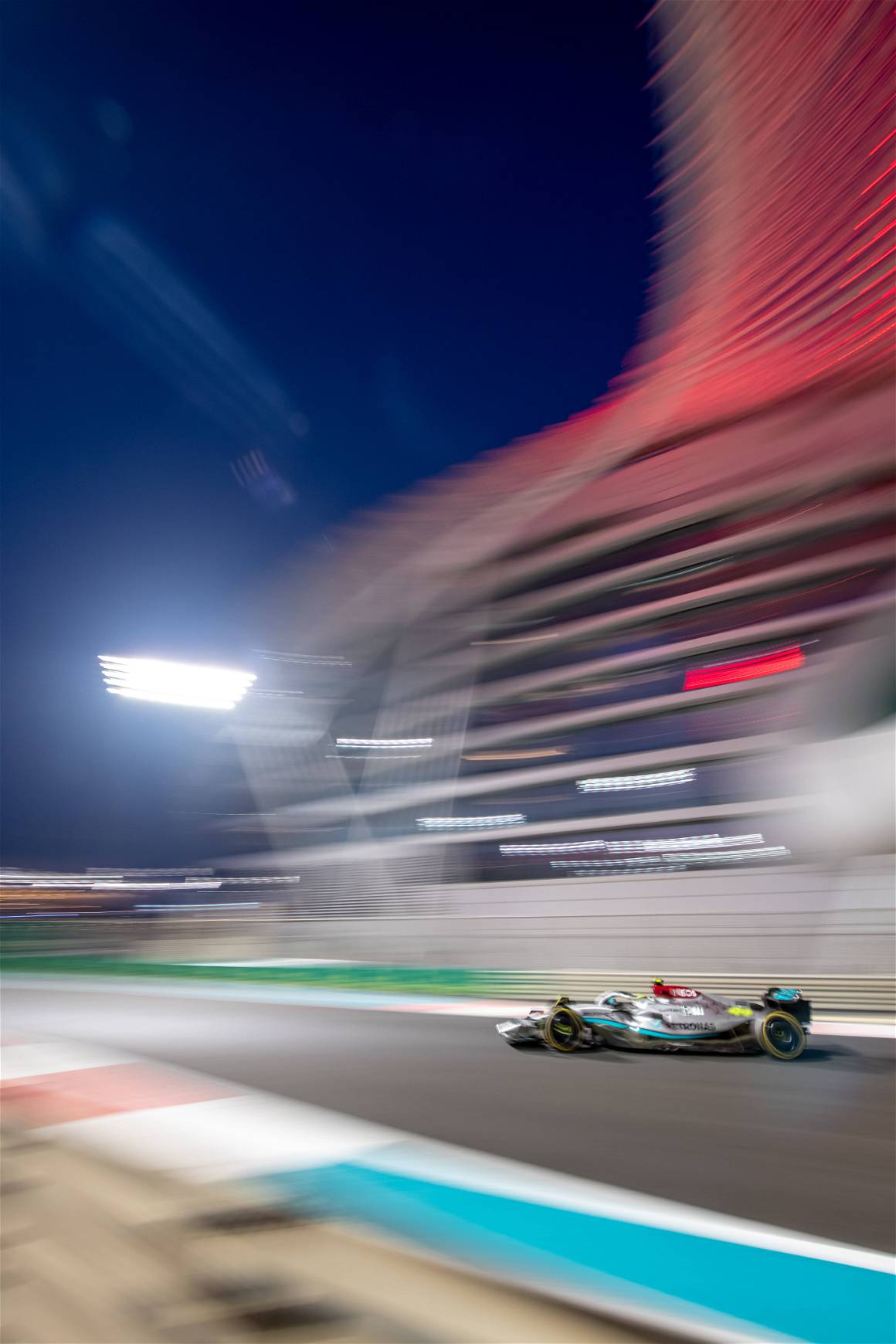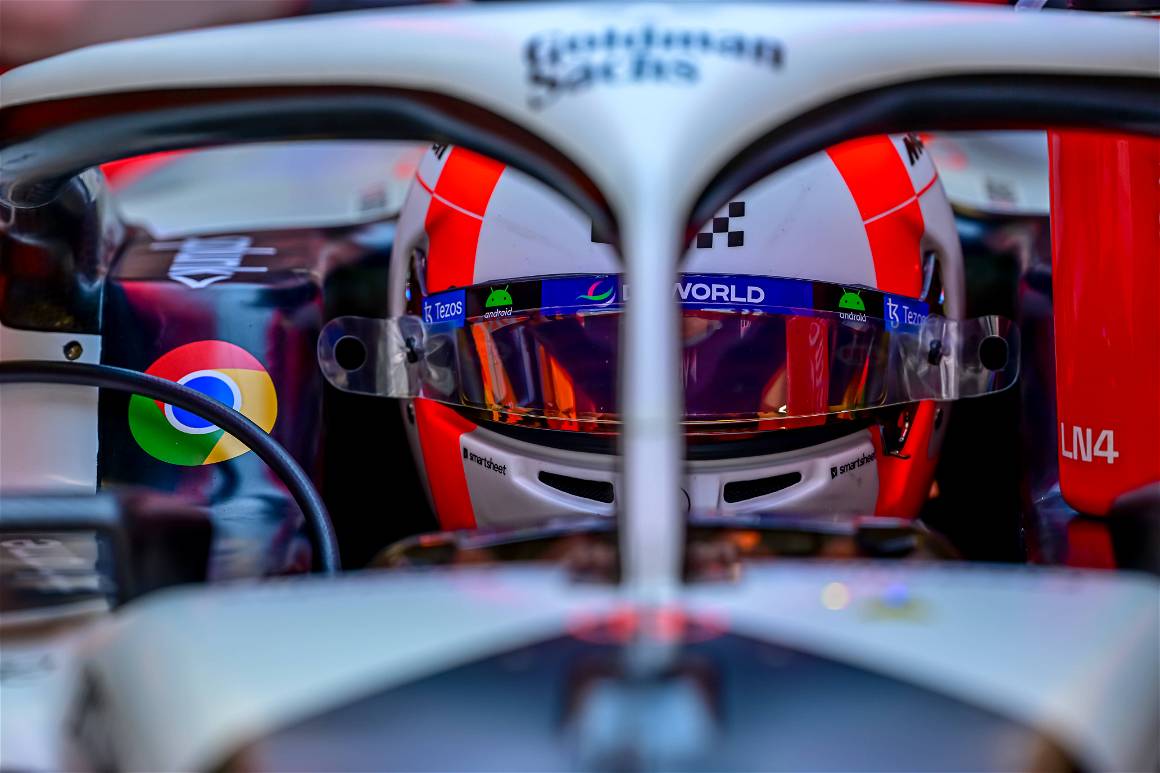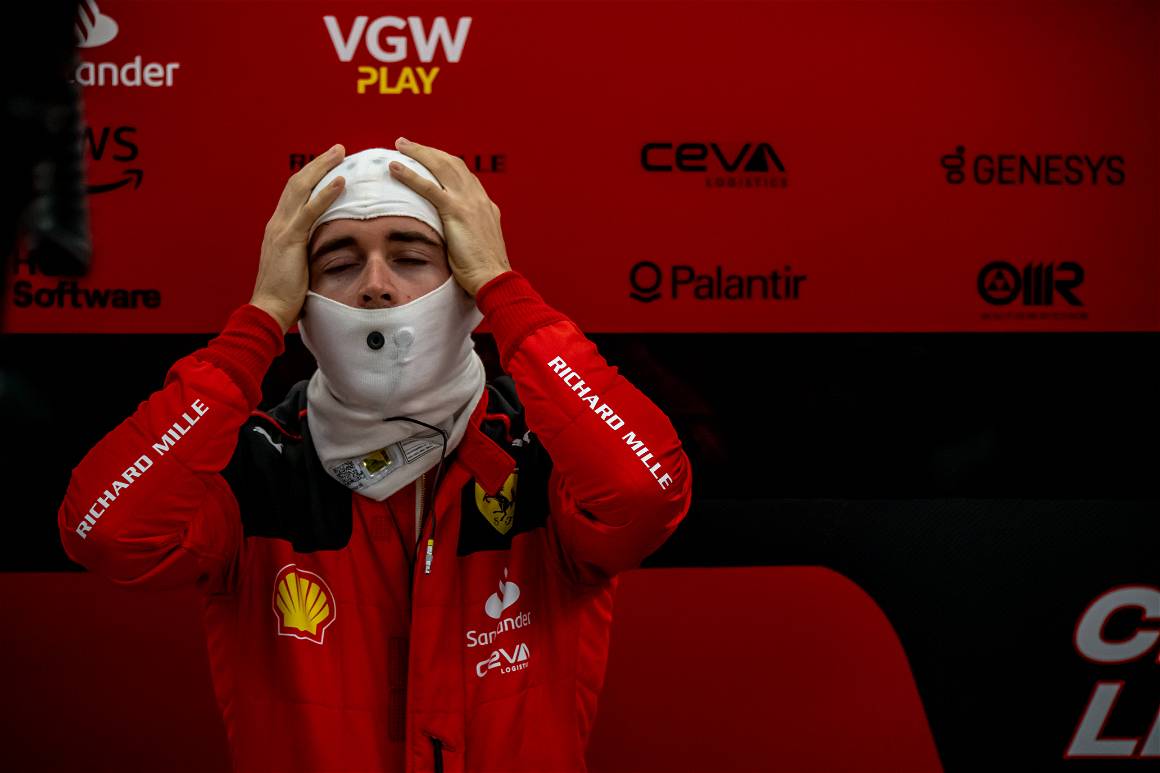Formula 1 presents photographers with an unparalleled opportunity to witness the apex of human and technological achievement. From the blistering speeds on the track to the raw emotions in the paddock, this interview uncovers the artistry behind capturing the essence of F1, unveiling the secrets that transform mere photographs into captivating visual narratives.

The Art of Formula 1 Photography with Michael Potts
In an exclusive interview with The Game magazine, IMAGO talked to FIA-accredited photographer Michael Potts about his photographic journey into the sport and the techniques he employs to immortalize the moments that define this iconic motorsport.
Michael Potts is a well-accomplished photographer based in Amsterdam who also works in other racing series, such as the Tour de France or MotoGP, but also shoots commercial projects for some of the world’s leading brands.
In this interview, Michael shares his experiences, points out challenges while covering Formula 1 events, and gives recommendations for those who want to know how professional photographers capture the fastest athletes in the world.
“I am very interested in how the camera captures time, be it an instant moment or multiple layered onto one image.” – Michael Potts.




Can you tell us about your photographic journey, growing up in Africa and how you got started in Formula 1?
My father was both a passionate photographer and a dedicated motorsport fan. I acquired both passions from him. I studied Fine Art at university and loved image making. It wasn’t until I moved from South Africa to Europe that I could combine these two when I attended my first race, the 2004 Monaco Grand Prix.
Having photographed predominantly wildlife, landscapes and portraits, I was not prepared for the speed of modern F1 cars. I spent many years attending races as a fan, always taking my camera but never believing it would be possible to work in the sport. It wasn’t until someone saw some of my images from the 2017 Monaco Grand Prix that I got an opportunity to photograph winter testing the following year.


What are the key challenges you face as a Formula 1 photographer, both technically and creatively?
The lack of time is probably the biggest challenge. That might not sound right, as an event will last four days. However, we have such little time with the drivers, with cars on track. You need to know at every moment where the best spot is going to be to capture a driver arriving in a fantastic outfit or where on the track to stand to capture a key moment. I work as an independent freelancer, so it is critical that I make the best use of that limited time to capture shots that are going to give me the best return.
“It is so important to make the most of every moment.”


How do you deal with the high-speed nature of Formula 1 racing while trying to capture the perfect shot?
The speed of the cars is an advantage to the photographer. It’s a chance to show your skill at capturing a sharp image of a car at speed, but also it gives you a wide range of creative options when you try and express that speed and movement with slower shutter speed shots.
The shape and position of the car, as it changes direction at speed, can make compelling images. This rapidity is something you only really get in Formula 1, and things can change so quickly that you always need to be ready for a crash or something unexpected.
“Stay calm, focus and shoot as quickly as possible.” – Michael Potts.


What are some of the unique technical or logistical challenges you face when shooting Formula 1 races at different circuits around the world?
There are a lot of races, 24 next year. The organizers haven’t been kind in putting races in Baku and Miami back to back. I do spend a lot of time in hotels and airports, and luckily that is something I enjoy. I have a massive spreadsheet that covers each day, each connection and hotel stay. This helps me stay on top of everything and to budget correctly for each event.
I try to plan as much as possible before each race, but occasionally unforeseen things happen, such as the race in Imola being canceled this year, and I have to scramble to get home.



How do you navigate the restrictions and limitations regarding access and shooting locations around the race track?
Luckily F1 is fairly consistent in what they allow us to do. Occasionally I will run into a local official unaware of the access photographers need – but this is rare. Some of the countries we visit or have visited in the past have restrictions on press freedom and photojournalism. As I am there to photograph the racing, I try to stay away from anything that would cause conflict or prevent me from doing my job. I have had my camera equipment confiscated for 36 hours in one country because of a mix-up in the paperwork. Things like that can be trying. However, most places we go to are very accommodating, and things generally work exceptionally smoothly.



What are the most memorable moments you’ve captured during a Formula 1 race, and why do they stand out for you?
It might sound a bit macabre, but the shots that stand out are usually the crashes; they are unusual and very hard to photograph well. A lot of it is luck, but I try to position myself in places where I think there is a possibility of action. Sometimes it pays off.
At Silverstone last year, I got a great position low down and safe and was able to capture the massive crash at the start of the race. It was a particularly difficult one to capture as there was so much going on with multiple cars going off, and it all happened very quickly. You are rapidly trying to assess where the best image will be… and if you are not in any danger. It was a scary and exhilarating moment, where, thankfully, no one was hurt.



Can you share any tips or advice for aspiring Formula 1 photographers who want to capture stunning images in the motorsport industry?
The best advice is to go to a lot of motorsports events. As a fan shooting F1, you can be very restricted. Especially now, with so many people attending events, finding several good spots to shoot from is very hard. Have a look at some of the other series, such as WEC, WRC and Elms. Here you get much better access as a fan and might get accreditation to one of these series.
You not only need to know how to take great photographs, but you need to learn the commercial side of photography too. How to get clients and deliver quality work to their expectations and requirements quickly and consistently.


















